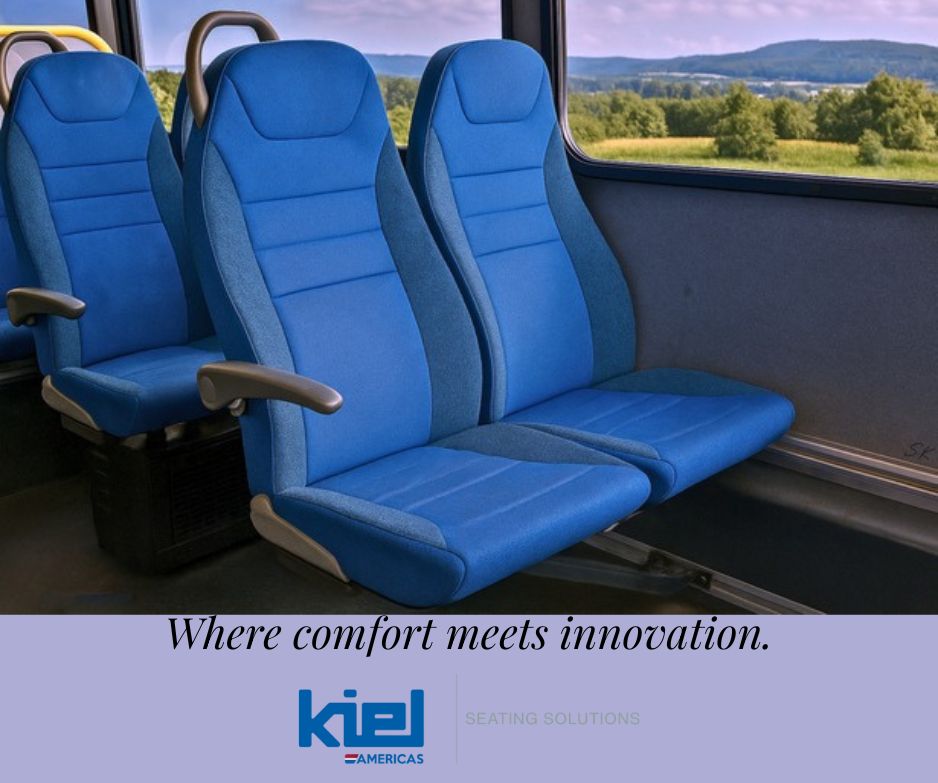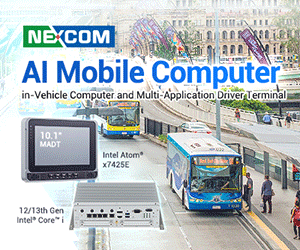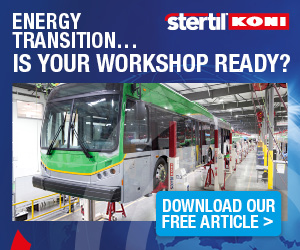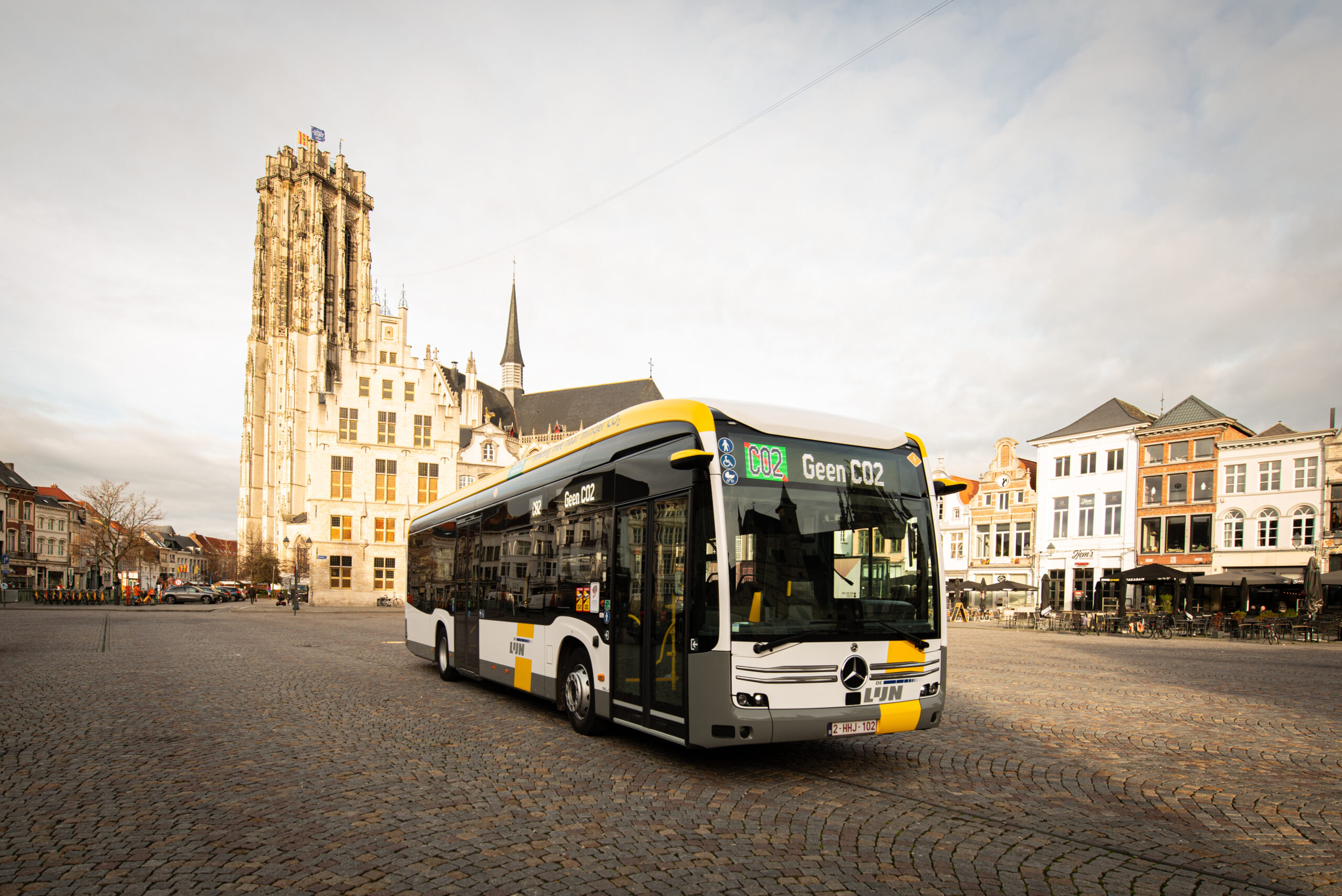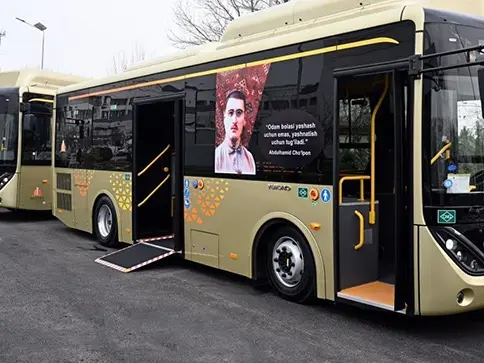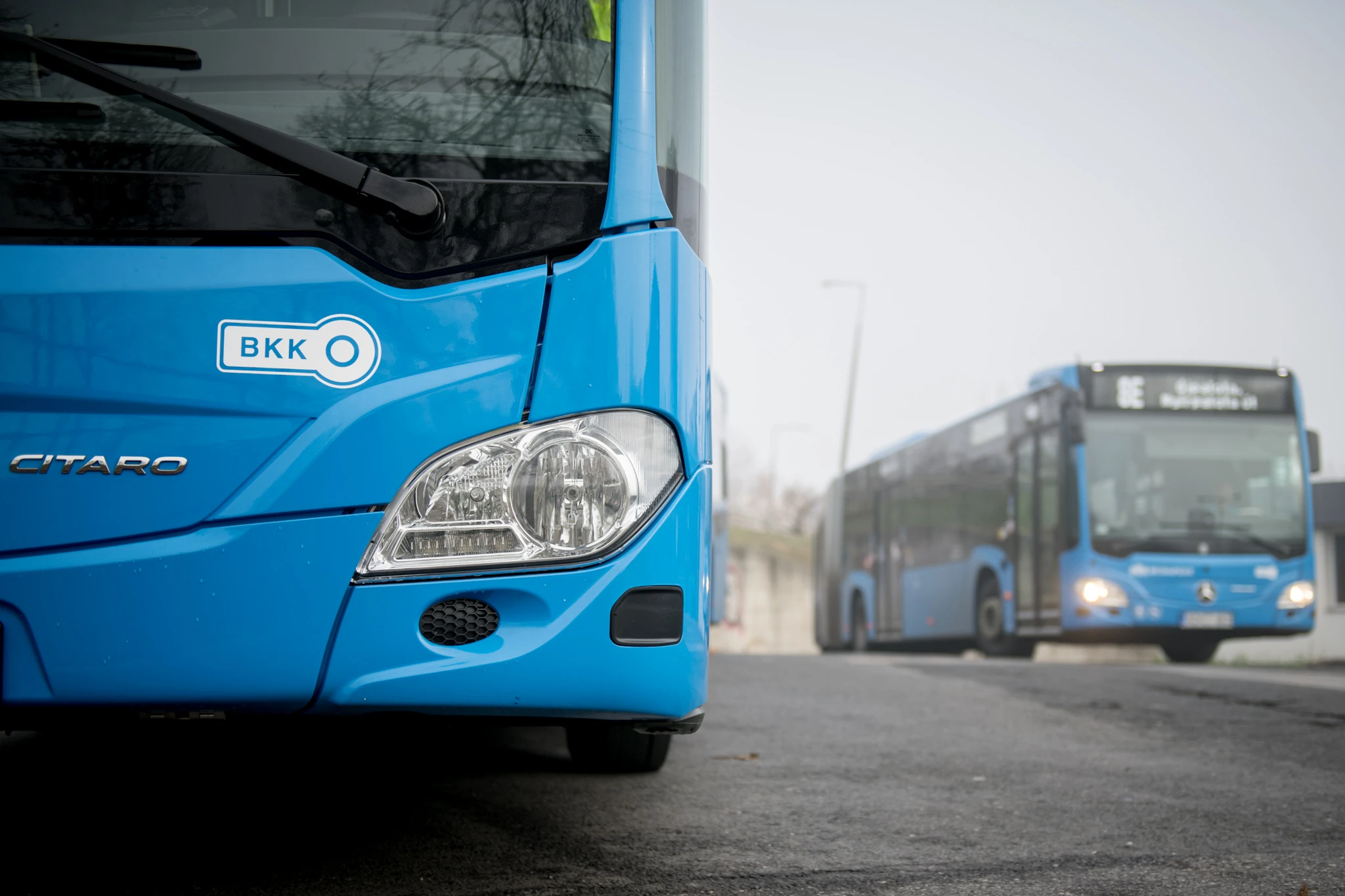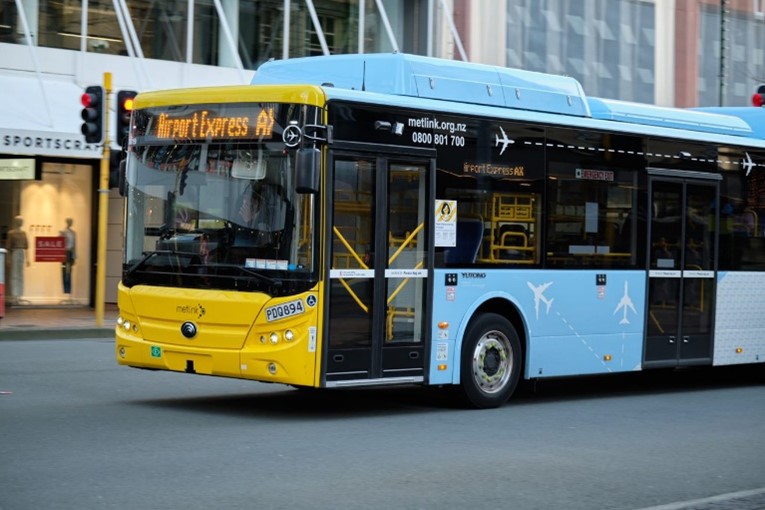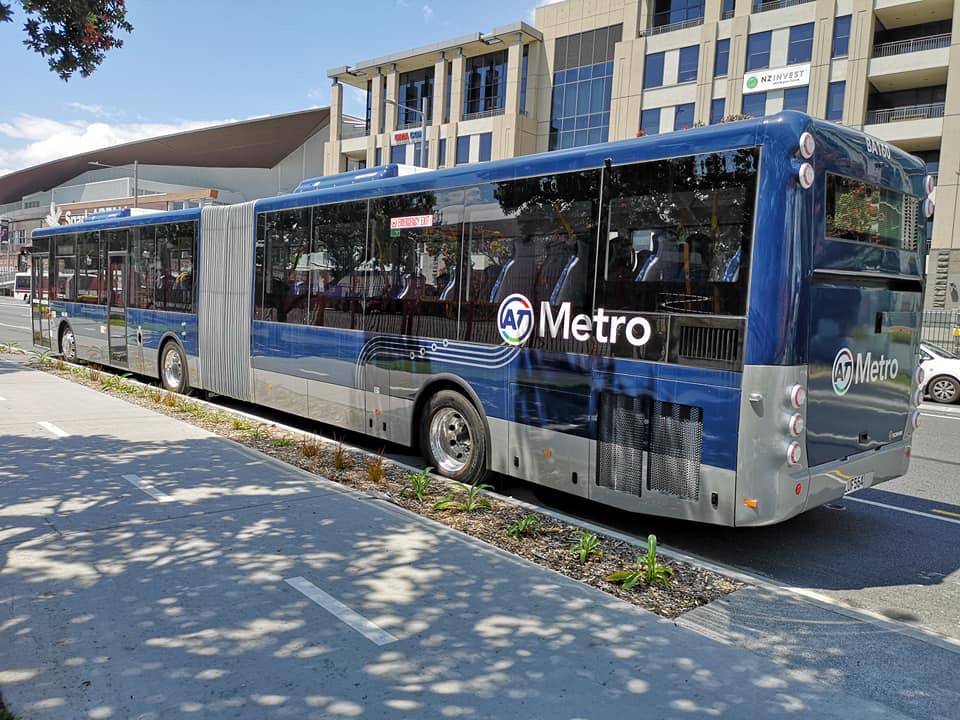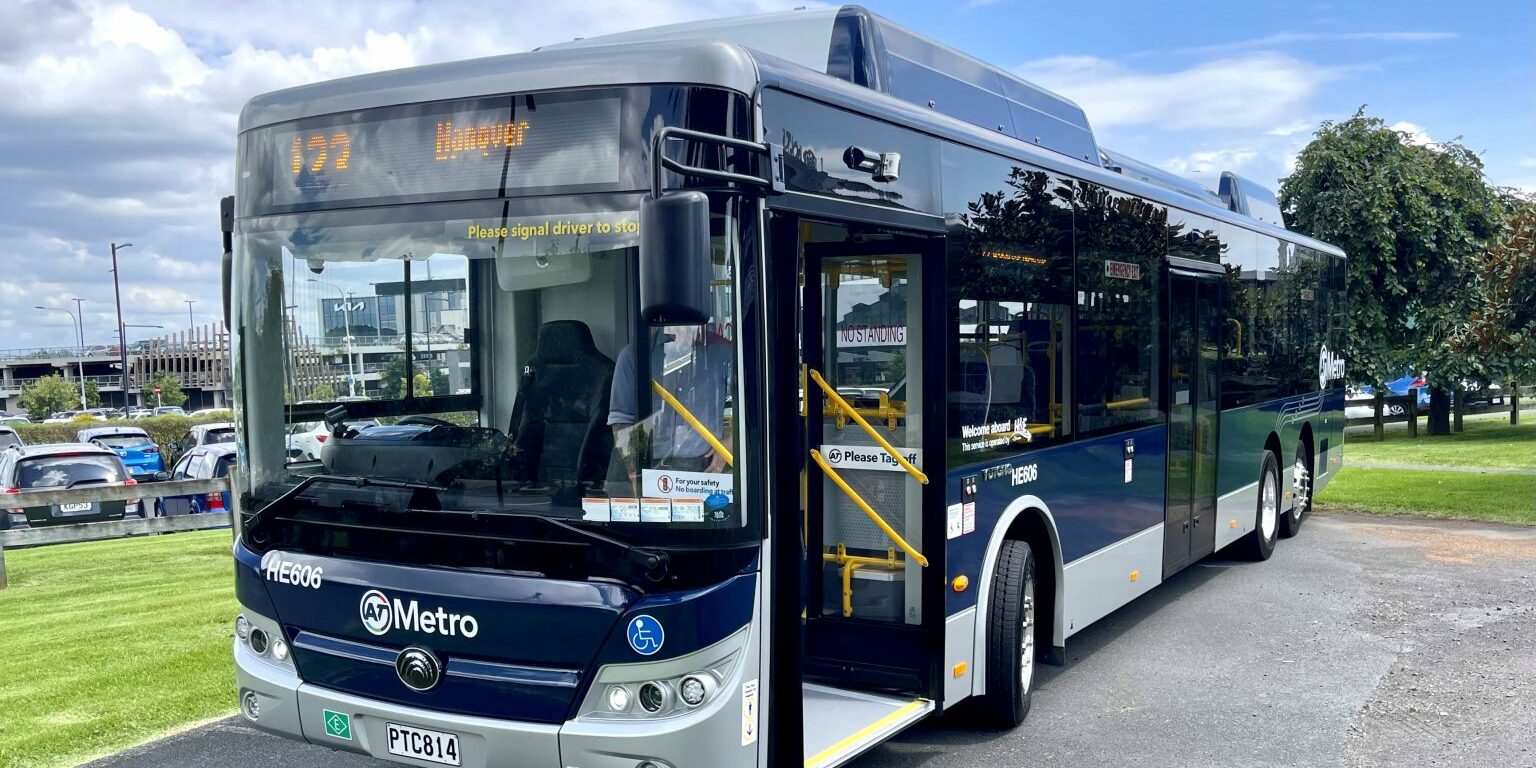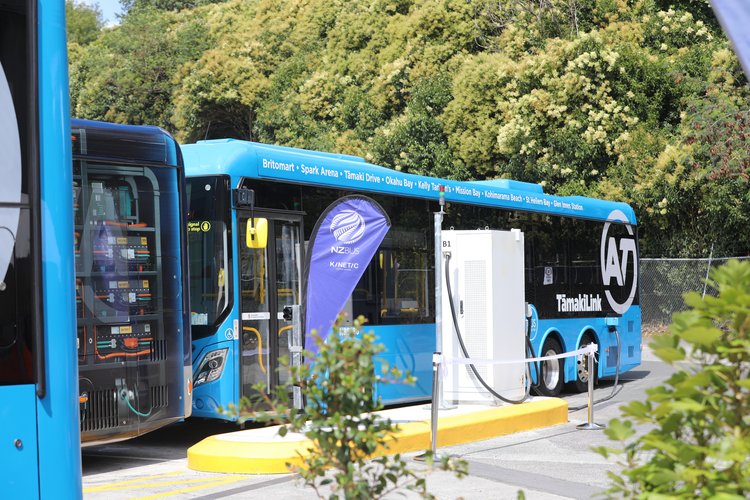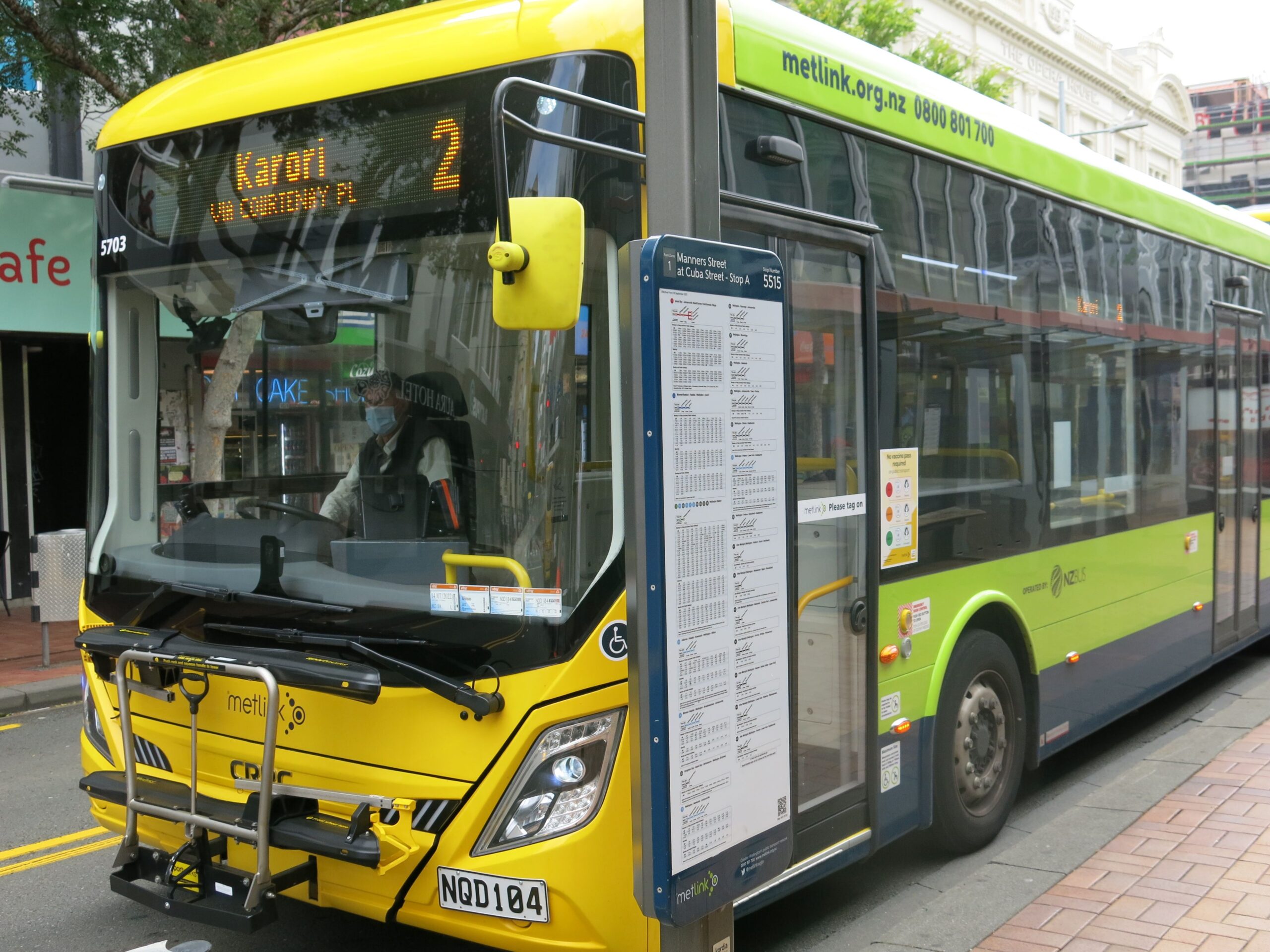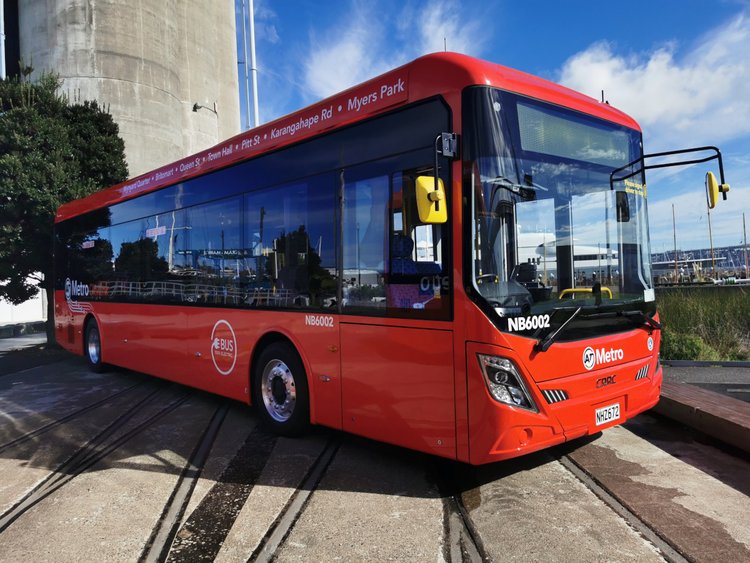Auckland Transport (AT) has introduced a new fleet of 44 electric buses manufactured by BYD, Kiwi Bus Builders, and Alexander Dennis Limited to serve communities in West Auckland.
The new electric buses, which include 26 double-decker models, are operating on the WX1 Western Express route.
The WX1 route connects Westgate to Auckland’s city centre via Lincoln and Te Atatū bus interchanges. The electric buses will operate every 10 minutes, providing more capacity and an alternative to diesel-powered vehicles.
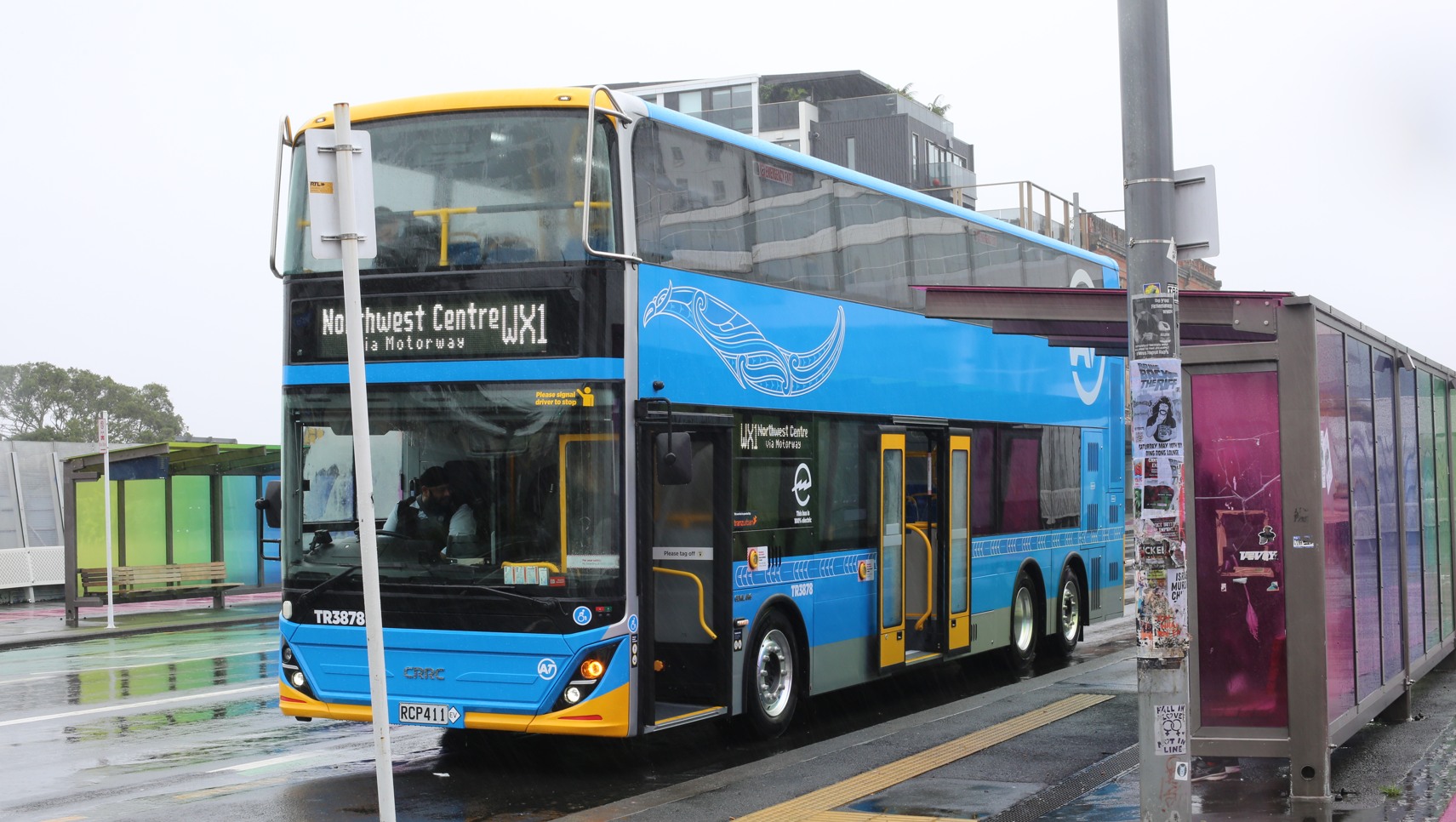
Over the coming months, the electric fleet will also be deployed on the 11T, 11W and 12 routes, replacing existing diesel buses.
AT’s Infrastructure and Fleet Specification Manager, Edward Wright said:One of our key targets is that by 2030, we want all buses coming into the city centre to be electric. And right now Auckland has more electric buses, 224 of them to be exact, than any other city in Australasia.
Each of these new double-decker electric buses can fit 100 passengers, and we have boosted capacity on the WX1 service by an additional 7,333 seats every weekday, and 51,000 seats every week.
We’re adding another 31 electric buses to our fleet by the end of June. By August next year, we will have a fleet of 450 electric buses, which is around a third of the 1350 buses that operates AT’s services.
Longer term, we have plans in place for Auckland’s bus fleet to be fully electric by 2035.
The new electric vehicles are operated by Tranzurban, a division of Tranzit Group.
Their rollout also follows a government announcement confirming funding for a dedicated busway and additional stations between Westgate and the central city.
Catherine Jones, General Manager, Tranzurban said:Electric buses will contribute to net neutral carbon emission on transport services, so having this eye-catching fleet on the road in west Auckland supports AT's environmental goals.
With less noise and air pollution there’s also a benefit to the communities and businesses where this fleet operates.
In addition to the electric fleet, AT has made service changes in the west Auckland area to provide faster, more frequent services on high-demand routes.



